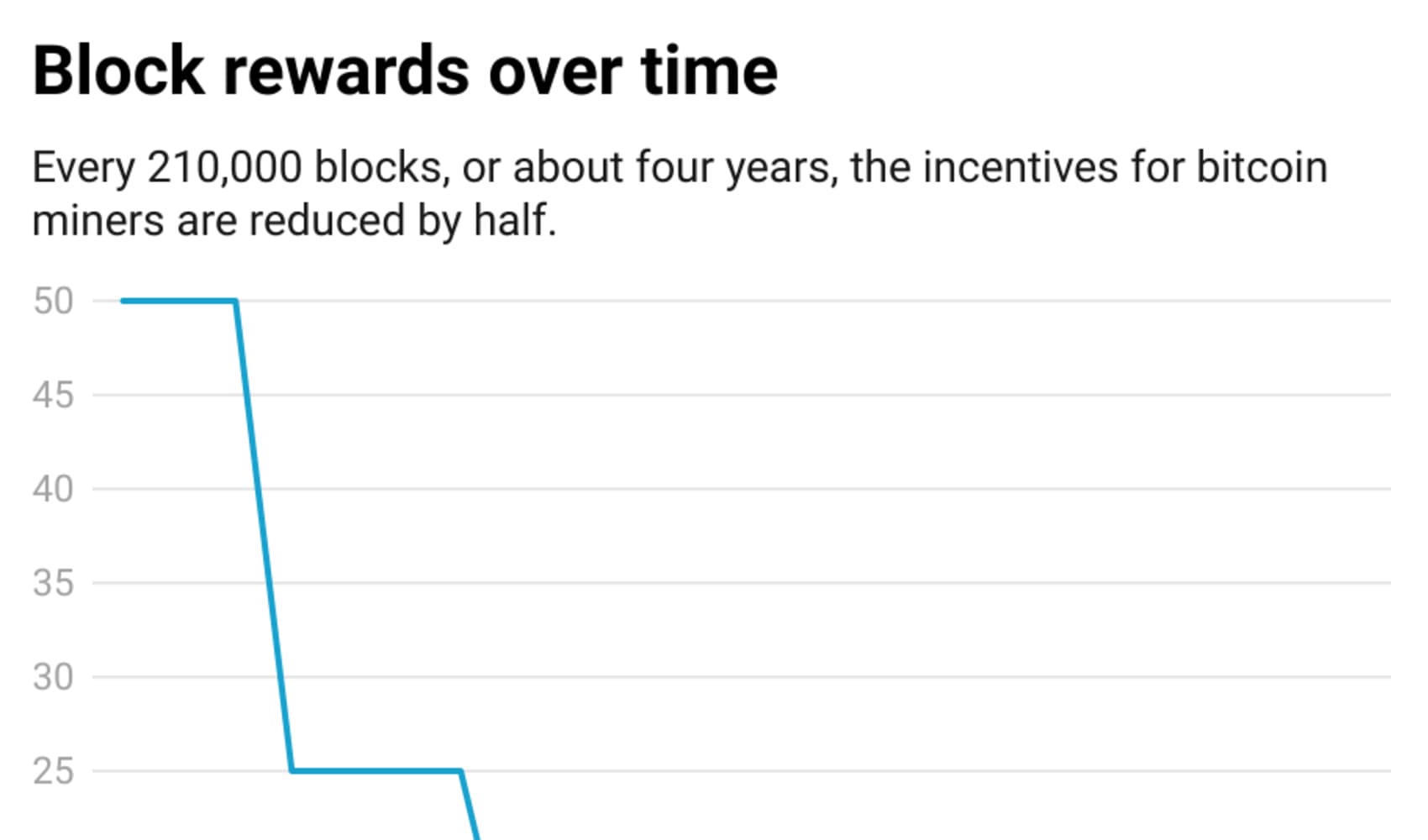
- GDP soared 18.3% in the first three months of the year from a year ago, China's National Bureau of Statistics said Friday. That's slightly below expectations of a 19% increase.
- The surge in growth comes off a contraction in the first quarter of last year, when the economy shrank by 6.8% during the height of the domestic outbreak of Covid-19.
- First-quarter GDP grew 0.6% from the fourth quarter, a slowdown from a 2.6% quarterly increase in the last three months of 2020.
BEIJING — China reported first-quarter gross domestic product a touch below expectations as industrial production disappointed but retail sales beat.
GDP soared 18.3% in the first three months of the year from a year ago, China's National Bureau of Statistics said Friday. That's slightly below expectations of a 19% increase, according to analysts polled by Reuters.
The surge in growth comes off a contraction in the first quarter of last year, when the economy shrank by 6.8% during the height of the domestic outbreak of Covid-19. China was the first country to deal with the disease, and the economy returned to growth by the second quarter of last year.
Get San Diego local news, weather forecasts, sports and lifestyle stories to your inbox. Sign up for NBC San Diego newsletters.
GDP expanded 10.3% in the first quarter when compared with the same period in 2019, the statistics bureau said.

China also said retail sales rose 34.2% in March, topping expectations of 28% growth.
Money Report
Industrial production rose 14.1% in March, missing Reuters' prediction of 17.2% growth.
The slower growth in industrial production came despite more workers staying put during the Spring Festival and not traveling home for what can be a month-long holiday.
The statistics bureau cautioned in an English-language statement that the spread of Covid-19 globally and the "international landscape is complicated with high uncertainties and instabilities."
"The foundation for domestic recovery is yet to be consolidated and long-standing structural problems remain prominent with new situations and issues arising from development," the bureau said.
The urban surveyed unemployment rate ticked lower in March to 5.3%, but that of China's youngest workers aged 16 to 24 remained a high 13.6%, the data showed.
"Young people's employment problem still needs a period of time to be absorbed," said Liu Aihua, spokesperson of the National Bureau of Statistics, according to a CNBC translation of her Mandarin-language remarks. "The total pressure in this aspect does exist."
She added that other surveys have found a shortage in general workers and high-skilled talent. Liu said the bureau recently found in a survey of more than 90,000 industrial businesses that a historically high ratio of 44% said hiring was their biggest problem.
Slowing growth
Friday's data release pointed to steady but slower growth for China's economy as it moves beyond the initial burst of growth following the pandemic.
First quarter GDP grew 0.6% from the fourth quarter, a slowdown from a 2.6% quarterly increase in the last three months of 2020.
"We do not expect China's policymakers to rush into any meaningful tightening, considering that the recovery is still facing headwinds and uncertainties ahead (e.g., domestic demand still quite subdued, consumption recovery remains gradual, and exports that saw extraordinary growth rates at the beginning of this year may later face competition from other re-opening economies)," Bruce Pang, head of macro and strategy research at China Renaissance, said in a statement.
Investment in manufacturing fell 2% on an annualized basis over the last two years, which the statistics bureau spokesperson on Friday attributed to persistent business difficulties and lack of investment confidence.






